Why validate our app idea? It’s simple: most apps flop.
That’s right, after investing hundreds of thousands of dollars into a complex software system, there’s a good chance your app will fail.
The problem you’re setting out to solve is real. The market for a solution is hungry, if not insatiable. Even the app itself is borderline angelic.
So . . . what went wrong? Why do 65% of apps flop instantly and more than 99.99% of apps flop in less than four years? And what can you do to not flop?
As app developers, we asked ourselves the same question: “Why do apps flop?” To answer, we compared ten years of our own experience and data to huge surveys with hundreds of participants. After countless hours of analysis, we decided there were far too many reasons an app could fail. However, we did find something better: a solution.
This sweeping solution solves most of the problems that cause apps to flop, and it’s so so simple!
Here it is: validate your app continuously!
We’ve been putting this concept to the test and it really makes a difference. In fact, it makes such a big difference that we had to write something about it. We’ve reoptimized our own processes around continuous validation, and it’s about time everyone else starts validating their app ideas, too.
What is continuous validation?
Continuous validation is the process of regularly testing if your solution solves the problem the right way. Put simply, continuous validation is all about checking your work constantly.
Arvid Kahl from The Boot Strapped Founder coined “continuous validation” in his article Continuous Validation: Staying in Touch with Your Market. The way he describes Continuous Validation is brilliant.
Continuous validation is the practice of assuming that every product is an iteration of trying to solve a shape-shifting problem.
My only complaint is that the sentence is a bit clunky. The genius of the concept is lost behind the extra words. Here’s my revised version.
Continuous validation checks if each iteration still solves the shape-shifting problem.
It gets the point across a little more clearly. Plus, it’s easier to see the three steps of the innovation loop hidden inside: build (iterate), measure (validate), and learn (make changes). By following those three steps, you can easily validate if your app still solves the problem.
How does continuous validation prevent a flop?
Continuous validation prevents flops by putting your app back where it needs to be.
Every successful app has all three of these factors:
- a problem that needs to be solved
- a means of monetization
- a solution to the exact problem
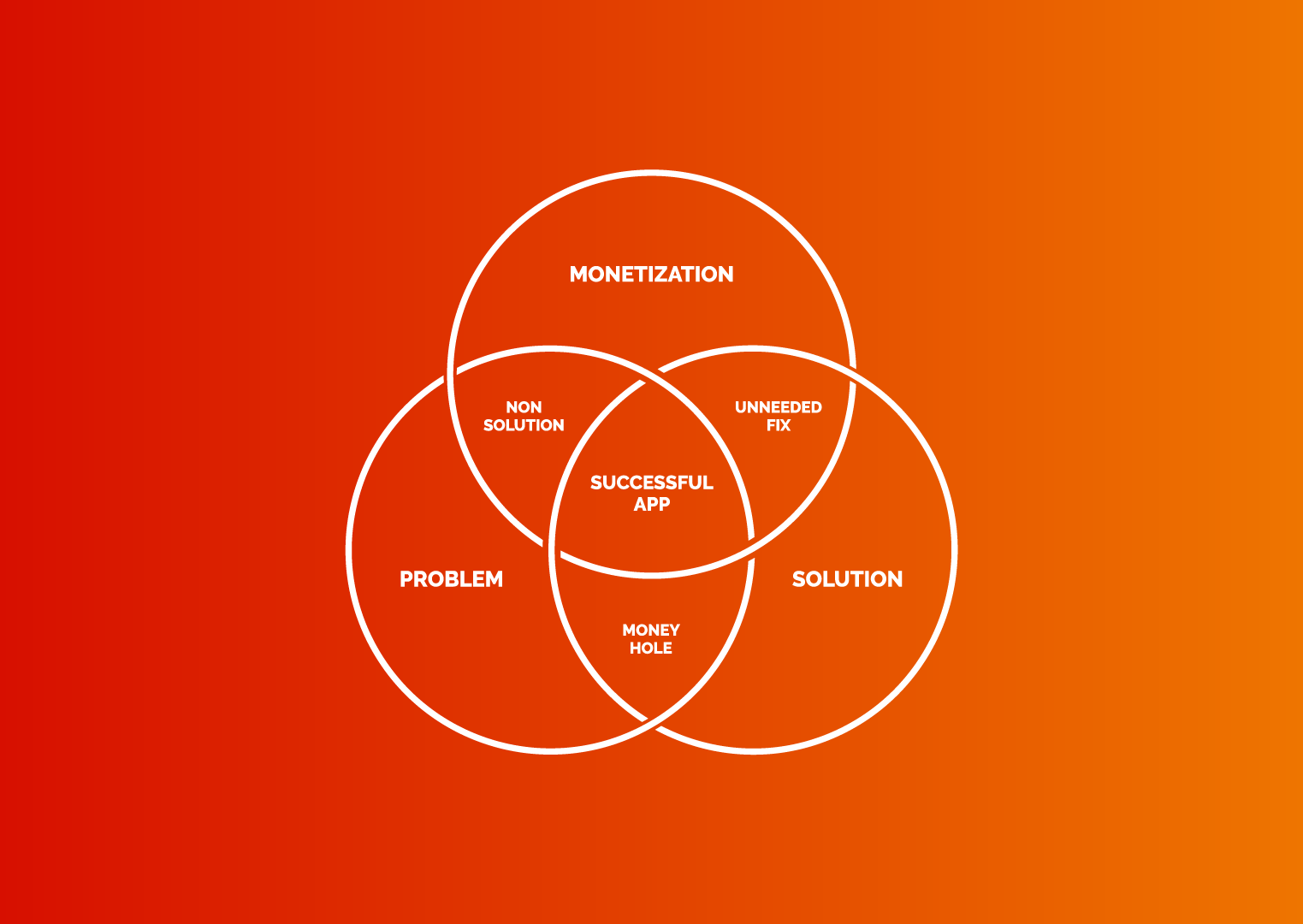
Without all three factors, your app will lose its product-market fit and flop. Here’s how.
Flop 1: The Non-Solution
Problem + monetization, but no solution
One of the most common app flops is the notorious “non-solution.” These apps address a problem but don’t actually solve it.
The perfect example is the old app I Am Drunk. When you’re too drunk to drive home, you open the app and click a button to notify contacts.
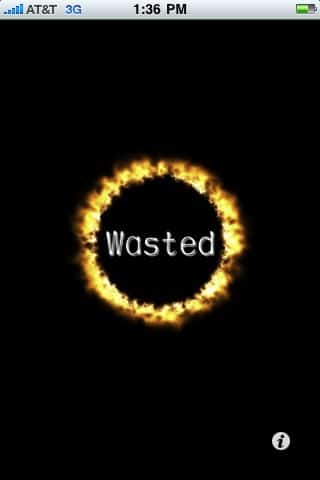
This idea sounds great, but if you’re already opening up your phone, why not just call or text the friend? The app doesn’t provide any extra value, so it’s a non-solution.
It’s like this scene from Sillicon Valley
The idea addresses a problem but doesn’t actually make it any easier. It’s a non-solution.
No one sets out to build a non-solution, but thousands of non-solutions pop up on the app store each day. More often than not, someone spots a pressing problem and realizes that they could make money by solving it. However, instead of testing ideas with the target audience as we suggest in our introduction to product-market fit, they grab the first idea that pops into their head and run with it. Sure, there’s an attempt at a solution, but it’s not a solution that users want. It’s a non-solution.
So, how do you prevent a non-solution? It’s simple: verify your ideas. Instead of rolling with an untested solution, make sure it actually solves the problem.
Flop 2: The Money Hole
Problem + solution, but no monetization
Money holes are perhaps the most feared, yet most easily-preventable flops out there. These apps solve a problem but don’t have a good means of making money.
Vine, for instance, was a money hole. It was an exceedingly popular social media app, and vine compilations still circulate the internet to this day
But popularity couldn’t save Vine from the money hole. It didn’t make enough money, so it flopped.
Again, no one wants to build a money hole, but it happens daily. Sometimes, the team is too caught up in the solution and fails to make the app profitable. More often, the monetization method just doesn’t work well. Teams will set prices way too high, opt for in-app purchases when ads are more advisable, or sell the app for $5.99 and wonder why no one buys it. No matter the cause, the app needs to make money if it’s going to succeed. Otherwise, it’s a money hole.
The best way to prevent money holes is to verify your monetization method. To do this, don’t just verify your product-market fit (although that’s still a brilliant idea). You should also verify that your monetization method actually gets your users to put their money where their mouth is.
Flop 3: The Unneeded fix
money + solution, but no problem
Unneeded fixes aren’t as easy to spot as non-solutions and money holes, but they’re just as deadly. These apps try to solve and monetize a problem that doesn’t exist or can already be solved easily for free.
DMI’s parody app concept “bookface” gets the point across. It’s literally just a Facebook clone.
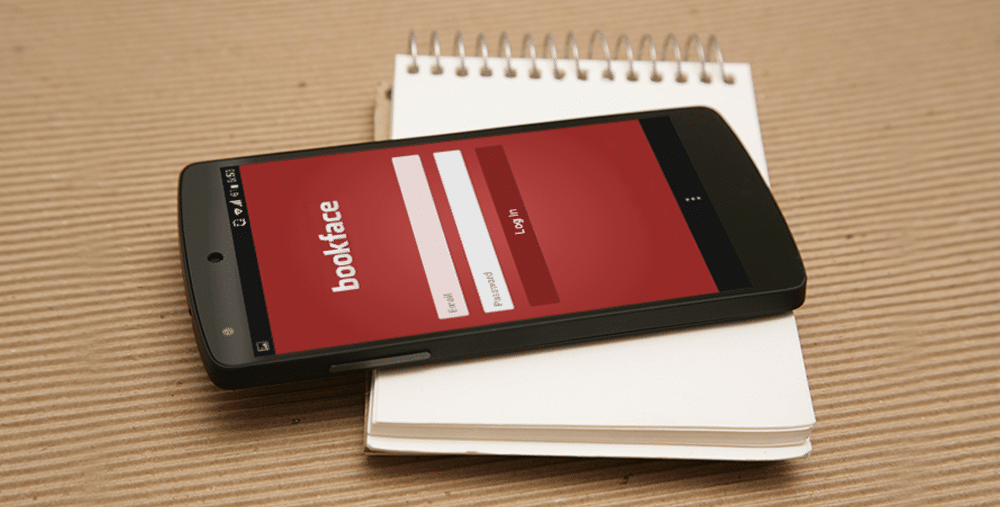
Yes, Facebook was a great idea. Yes, Facebook can make a lot of money. But what problem does another version of Facebook solve? Who would actually install this junk?
As is always the case with any flopped app, no one plans to build an unneeded fix. Occasionally, an unneeded fix gets built because people forget that apps are supposed to be solutions. However, it’s much more common for teams to solve a problem, only for it to change slowly over time and kill the app. Problems change. Users change. Your app should change, too.
As usual, validation can prevent this problem. However, pre-build validation isn’t enough. Even after launch, you need to regularly validate your app idea to make sure it’s on the right track. Otherwise, you could lose it all.
Why do I need to validate my app idea?
Just because you’re in the center of the Venn diagram now doesn’t mean you’ll stay there. Remember: problems shape-shift. Your solution may stay the same, but your problem will change. Unless you validate your app idea regularly, even well after launch, you won’t stay in the goldilocks zone for long. Validating your app constantly is the only way to maintain product-market fit.
We’ve established the importance of validating your app idea, but how do you actually go about validating it?
How to validate your app idea
Validating your app idea is clearly important, but how do you do it? In our experience, the innovation loop is one of the best tools to verify your app idea. Here’s how it works.
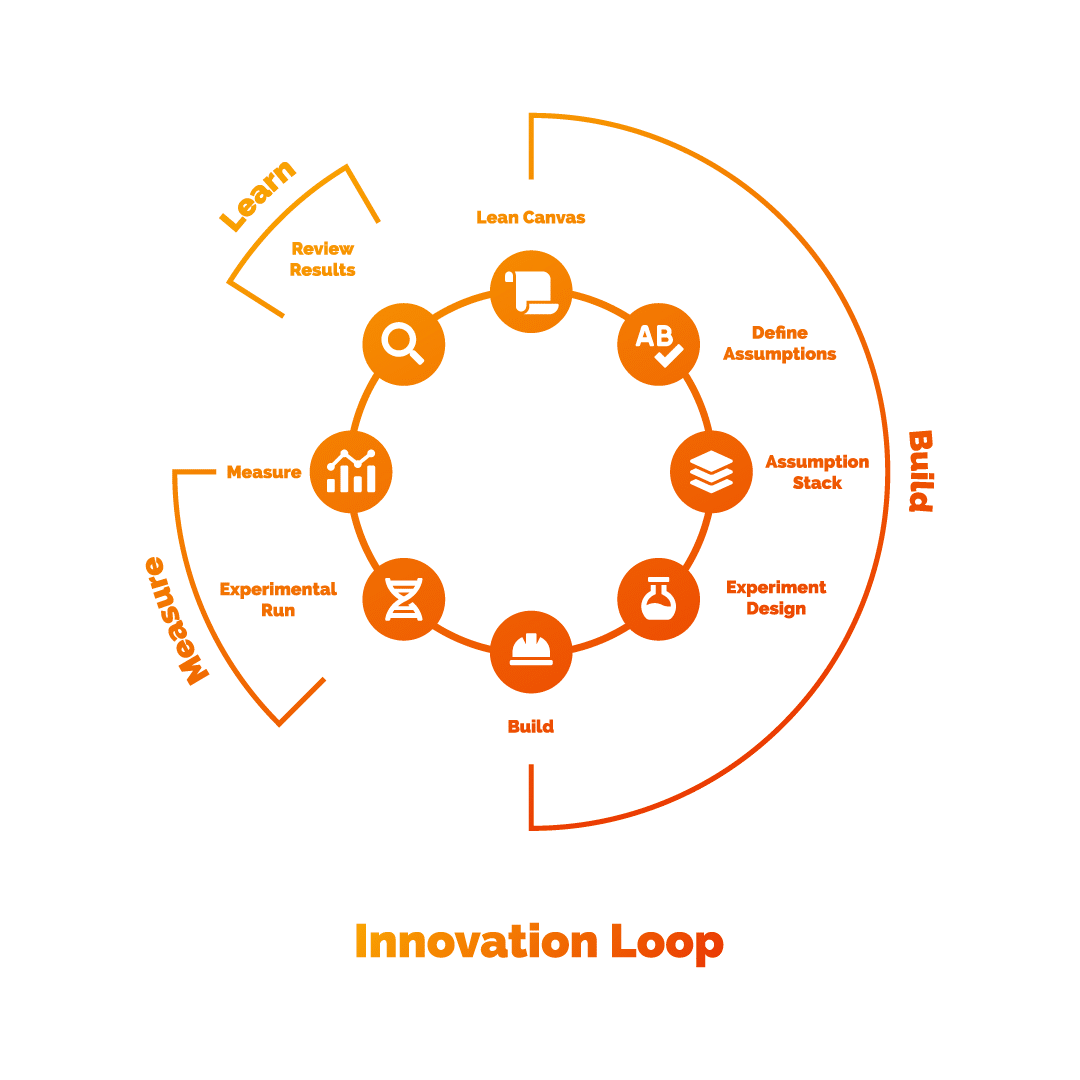
Build
Before you even think about building an app, build an experiment to validate it. Follow these steps:
- Lean Canvas: Create a lean and actionable plan for your app idea. Treat it like a business plan and nail down all the details.
- Define Assumptions: Before building the app, test what you know about it. Write down the things you think are true about your app idea.
- Assumption Stack: All assumptions rely on other assumptions. Map out which assumptions rely on each other to find the foundation.
- Experiment Design: Design a way to test if those foundational assumptions are true. Experiments can include prototypes, focus groups, surveys, and more, as long as it gets you data.
- Build: Build the experiment based on the experiment design. Make sure to use reliable measurements and analytics.
Measure
Now that you’ve built an experiment to test part of your app idea, run it, and collect data.
- Experimental Run: Run the tests that you planned in the Build phase.
- Measure: As you run the tests, measure data. Once it’s done, look at the analytics data to see how things went.
Learn
You’ve tested part of your app idea! Now, it’s time to learn from it.
- Review Results: Analyze all the data and figure out how it applies to your assumptions. Does it confirm an assumption? Does it deny another? This is where the real verification enters the picture because the way you interpret the results determines the future of the app. Get some extra eyes on the results before you build.
Of course, the validation process does not stop here. Validating once isn’t enough. You need to validate ideas constantly. As soon as you’ve finished one experiment, dig a little deeper with another. Repeat this process over and over again to gradually build a data-driven app that is bound to succeed.
Depending on where you are in the app development process, validating your idea may look a little different.
How to pre-validate your app idea before building it: find product-market fit
Pre-validating your app idea is the easiest way to instantly determine the success or failure of your app. If your app is going to fail, you should find out before you spend hundreds of thousands of dollars on a dying dream.
But how can you tell before you build? It’s simple (in principle): find product-market fit. As the name suggests, product-market fit is achieved when a product (your app) and its market (your customers) fit each other. You can read all about it in our in-depth guide to product-market fit in app development. For a quicker look, here’s a great process diagram from Compound Learning.
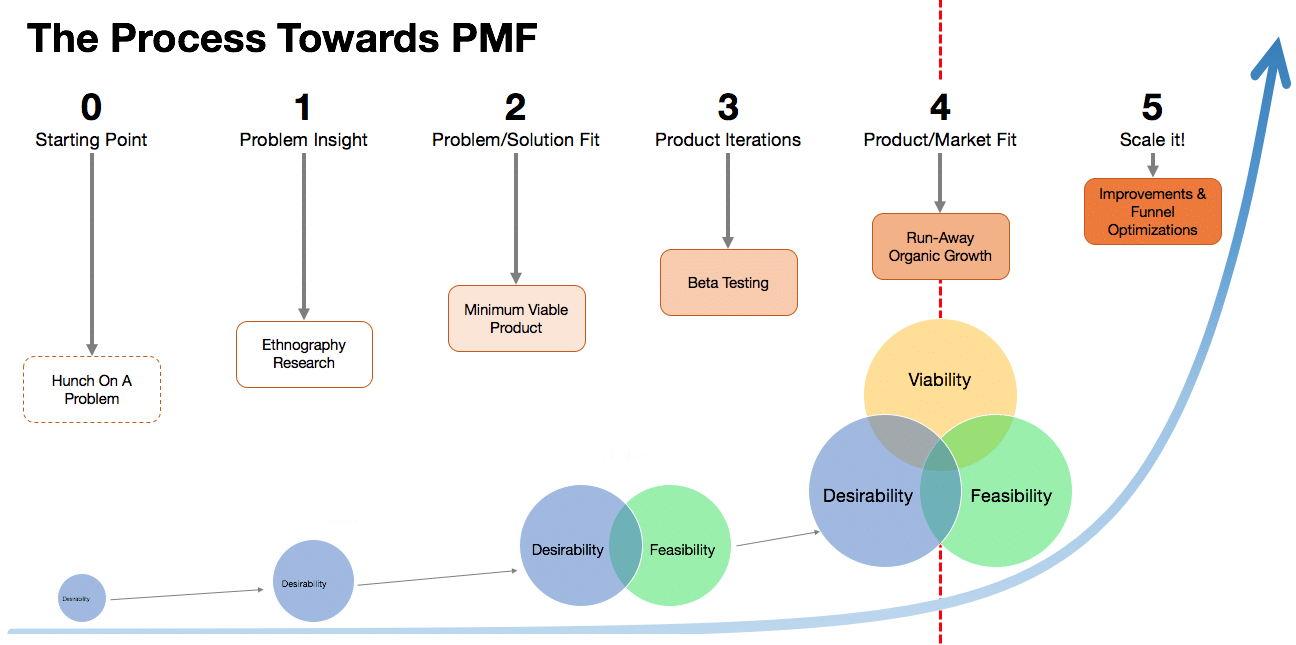
See how it gradually builds from a slightly desirable hunch to a full-fledged product? That’s the process you need to follow.
You can’t force a product onto a market that doesn’t want it, and you can’t will a market into existence. Thus, if you can’t find good product-market fit before you build the app, chances are it’ll be pretty tricky to find once you start developing.
Lucky for you, it’s totally possible to test product-market fit before getting a single line of code. In fact, we recommend all our customers come to us with a solid well-researched understanding of the market that will buy their product. By finding the market beforehand and verifying that your product will fit exactly, you save yourself lots of trouble down the road. But your validation process isn’t over. Make sure you stay on track by validating as you go.
How to re-validate your app idea during development: develop in sprints
Validating your app idea early on saves you a world of pain, but will it keep your app in the goldilocks zone? Of course not! If the problem’s always shape-shifting, your app needs to shapeshift, too. That means every step of the way requires new validation. Sure, it doesn’t have to be as in-depth as the first one, but by checking up on your trajectory after every sprint, your app will have a much better chance of success.
The best way to continuously validate your app is to check your goals after each sprint. A sprint is basically a strategic way of developing in short, agile bursts. Read more about it in our expert guide to DevOps or check out the diagram below from Packt.
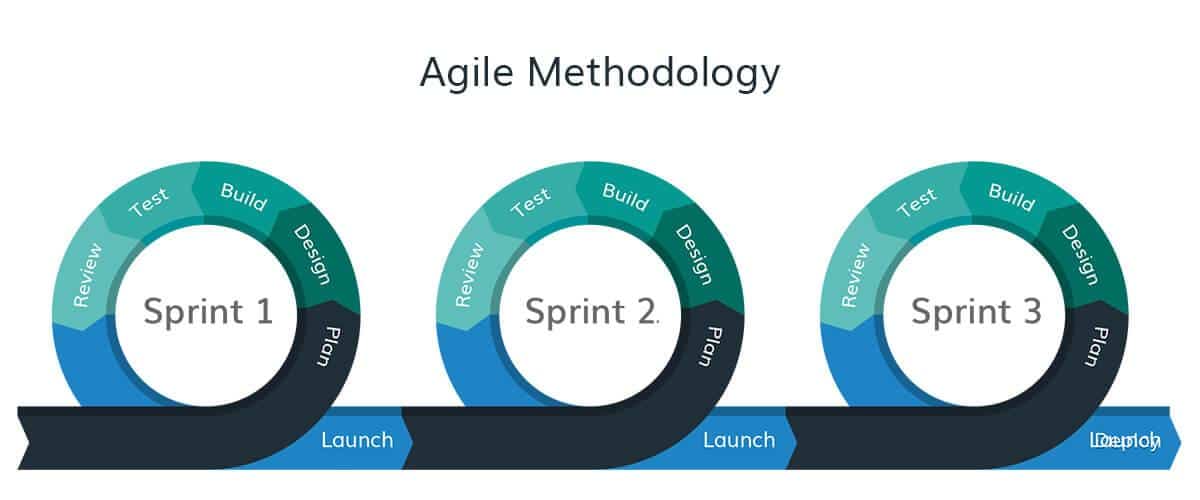
Run everything in sprints, not just your code. Plan in sprints. Design in sprints. Develop in sprints. Every step of the app-making process should be done in sprints, and after each one, briefly check that your idea solves the problem in a monetizable way. If, for any reason, your product doesn’t fit the market as well as it did before the sprint, you know why, and you can fix it before it becomes a bigger problem.
How to continuously validate your app after launch: iterate and grow
People go about launching an app all wrong. They want to build the perfect app, stuff it with features, then launch it and never touch it again. This is the worst possible way to launch an app. Instead, use launch as a chance for even better validation.
By the time you’re considering launch, you should have already established strong product-market fit and validated your idea after several different sprints. You should be fairly confident that your idea is tried and true. However, you’re now moving on to the next level of validation. Instead of validating the idea or validating a piece of the app, you’re validating the entire thing in the real world with real, paying customers. The last thing you want is a whole bunch of features they may not even like getting in the way of the core app.
So . . . why include them?
That’s right. We’re telling you to pay for even fewer features. How many app development companies ask you to pay less?
To really succeed at launch, you need to build the absolute minimum that the app needs to be viable. We call this a “Minimum viable product,” or “MVP.” Here’s a great example from Educati that gets the point across very well.
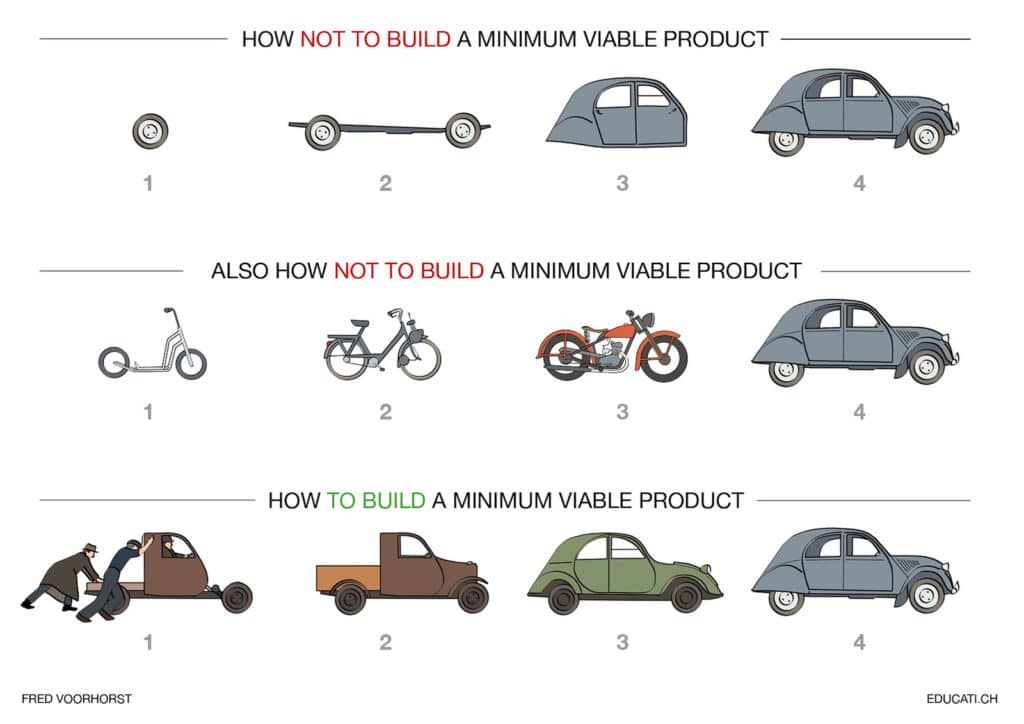
Though your vision may be a full-fledged car, your users may not want it. Instead, do the bare minimum, test the concept, and add what the user wants as you go.
By building your MVP, you get to test the core concept of your app in front of a real live audience. Better yet, if you add a good analytics pannel, you can see exactly what the users want!
Let me repeat: you get to see exactly what the user wants.
This is crucial. What better validation can you get than real, live user feedback about the app you built? Even if your app isn’t as successful as you would have hoped, you know the exact right way to grow it. After enough iterations, your app will have such strong product-market fit that your users won’t know how they lived without it.
Sure, it’s hardly the overnight boom, but less than a fraction of a percent of apps have an overnight boom. This strategy is tried, tested, and true. It’s the surefire way to build an app that grows, not flops.
After all, who wants to be part of the 65% of apps that instantly flop, or, even worse, the 99.9% of apps that flop in a few years?
What Fyresite does to validate ideas
Hiring a pro already increases your chances significantly, since it sets you apart from all the sloppy homemade apps out there. However, even the pros can build flops. Thus, as one of the top app developers in Arizona, we’ve made it our duty to build the best app possible. We succeed when you succeed — that’s the whole reason we wrote this guide in the first place. Here are a few of the many steps we take to give your app the best shot possible.
Fyresite will always plan more intensively than anyone else. We pour our blood, sweat, and tears into detailed pre-project blueprints that span several dozen pages. These “Spec Sheets” include research, estimates, technical details, and more. That way, our clients always know exactly what they’re getting into.
Research
We research markets, customers, and user behavior to understand the audience as much as possible.
For instance, when we built a web-based scan viewer for R&G Medical, our engineers diligently researched bleeding-edge technology. This research directly impacted the usability of the final product

These scans aren’t normally viewable without special software, but thanks to our diligent research, we could create a user-friendly web-based version that fit user needs much more effectively.
By researching, we validate app ideas and do them the best way possible.
Iterate
Our teams will iterate everything we do. We’ve found that success always goes way up when we make lots of small changes over time instead of big, sweeping ones.
ZINKN, for instance, wasn’t built over night. We made lots of changes at all stages and built the app gradually over time.
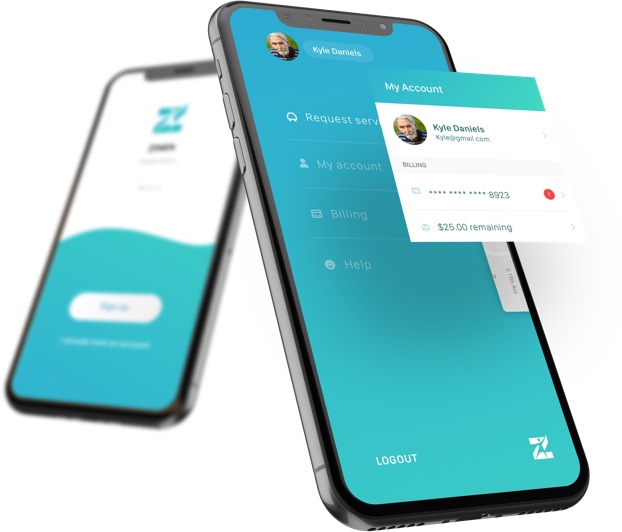
The end result was a human-focused service app that addressed the problem much more effectively. Iteration validated the app idea.
Measure
Fyresite will measure everything before making cuts. We use data and research to inform all our decisions and validate all of our ideas.
When working with BrightFi Banking, we measured diligently to make sure everything was on the right track. Since they only needed one native app, we put in the work to assure it was reaching the right demographics.
The right native platform depends heavily on demographics (as shown below).
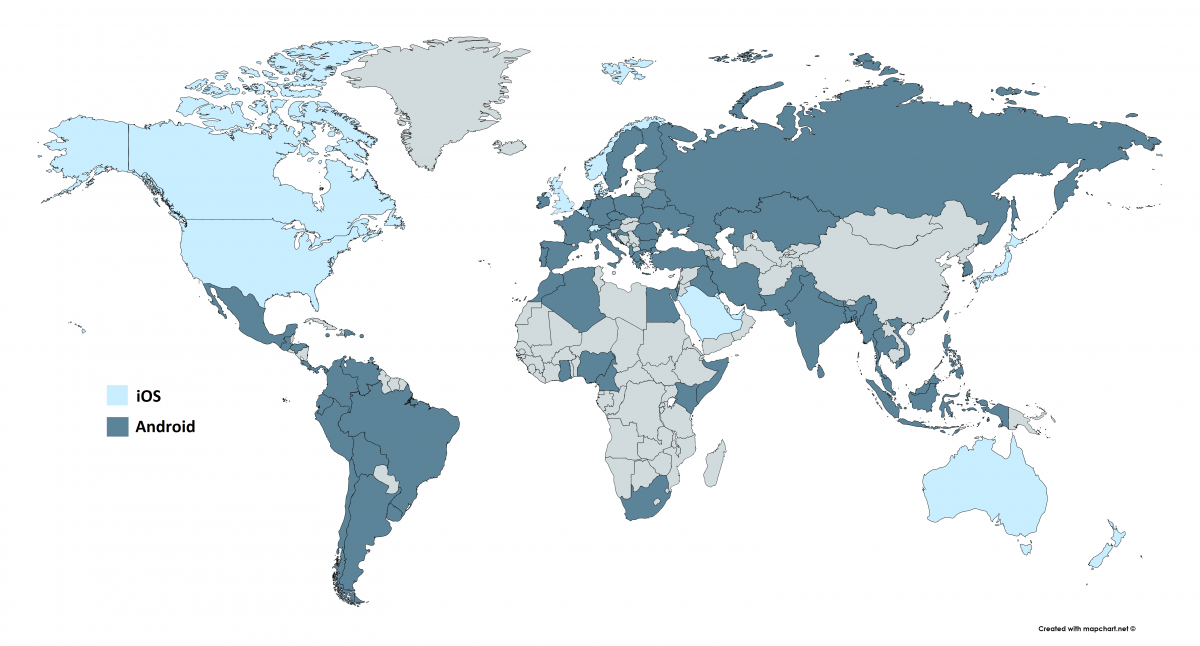
A map of iOS vs Android market share from DeviceAtlas
With proper measuring, we made sure we were on the right track before going in too deep. Measuring validated the app idea.
Communicate
We always communicate as much as we can. After sprints, we get in contact with the client to keep them informed about where we’re going. That way, changes can be made early.
Communication was vital for our work with Flaggerade. Throughout the entire process, we held frequent meetings and even went over to their office to make sure we got all the details down exactly as specified. This communication directly resulted in spot-on interfaces that gave users exactly what they needed.
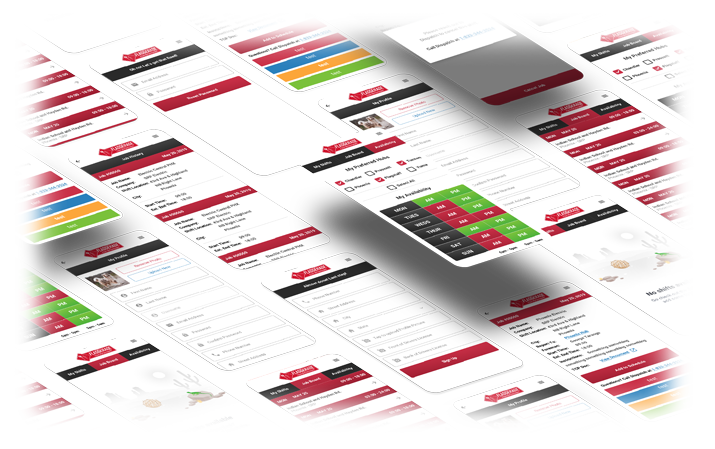
It’s not just a healthy habit; it’s engrained in the way we do things. Communication validates app ideas.
Collaborate
We always collaborate with customers and team members. Everyone is encouraged to have input, which prevents mistakes from becoming big.
Collaboration was key for our work with State Forty Eight. Their brand is sacred to them, and collaboration helped us identify what would work and what wouldn’t early on.
The results? An unbeatably on-brand website that’s been validated time and time again.
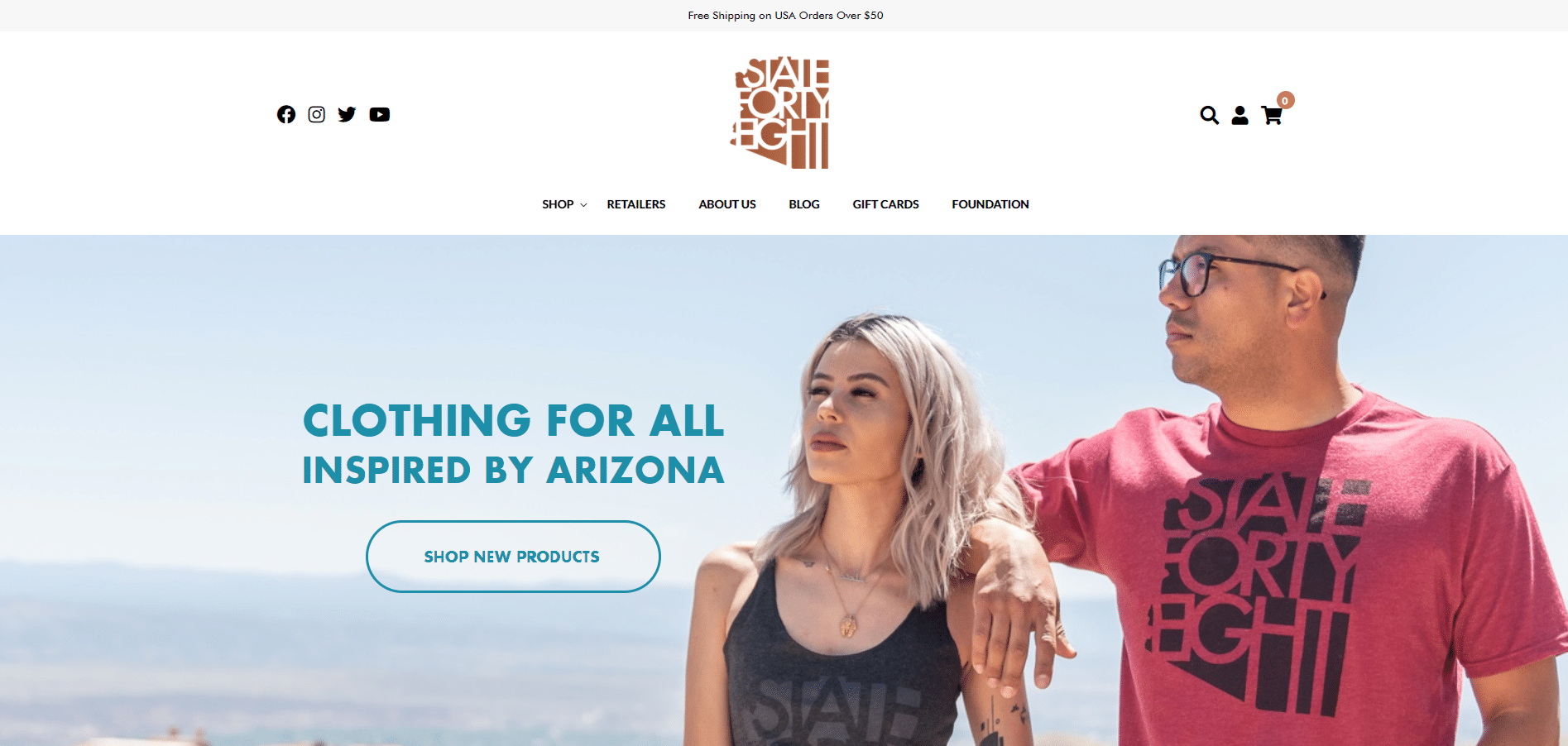
Collaboration validates ideas.
Test
Our designers, business gurus, and engineers test our technology, designs, and strategies. Nothing goes untested.
Clutch required lots of testing. Such a big safety and accountability system needed to be flawless, so we constantly tested before, during, and after launch. Each test validated a different piece of the app technically and in the marketplace.
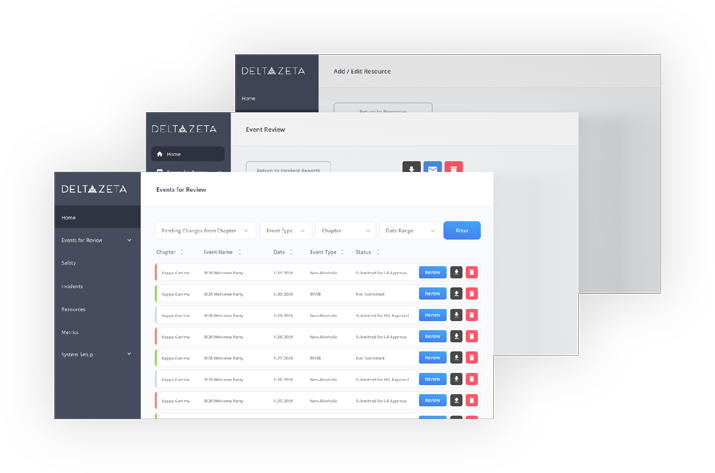
Testing validates app ideas.
Experiment
We experiment with new and better ways of doing things. Running lots of little experiments tells us what works and what doesn’t so we can keep evolving.
Experimentation was crucial for Green Mountain Grills. Our engineers needed to build an app that could control a grill, and this cutting-edge idea needed lots of careful experimentation.
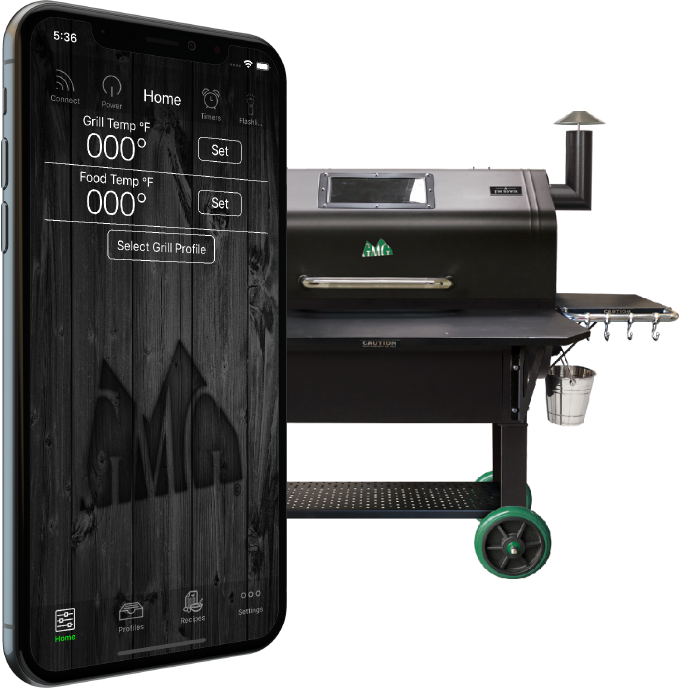
Experimentation validated the app idea.
Grow
Fyresite will grow every chance we get. We constantly look for ways to improve our processes, workflows, and skills.
Clean Energy Social went through every step of idea validation, yet our growth mindset took it to the next level. With analytics, benchmarks, and more, we continue to grow the product into a better living system.
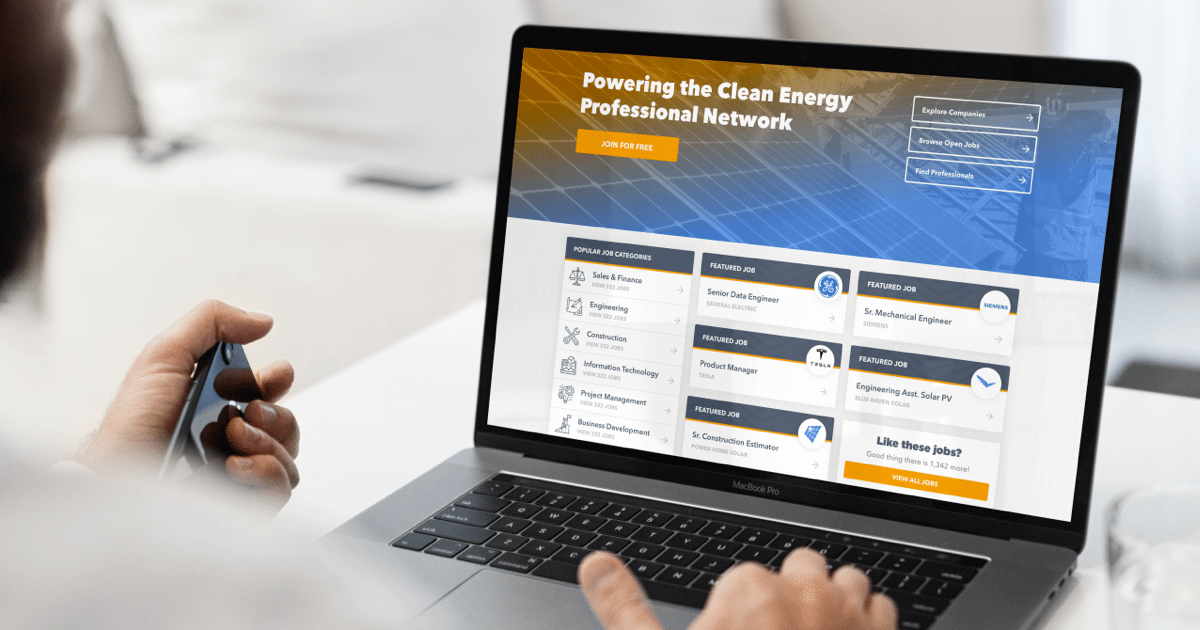
A growth-minded strategy keeps your app idea valid.
All these precautions give apps a much better chance of success. However, nothing is foolproof. Cooperation goes two ways, and there’s a lot you can do on your end to prevent flops, too.
What you can do to validate ideas
Your developer can only do so much. Ultimately, the success of your app idea is up to you. At every step you take to make your app materialize, you need to re-validate the app. Otherwise, as the problem you’re fighting to solve shifts, and as your users ebb and flow, your app will lose the product-market fit you fought so hard to get.
Want help validating your app idea? Reach out and we’ll tell you what we think and how to continue for free.